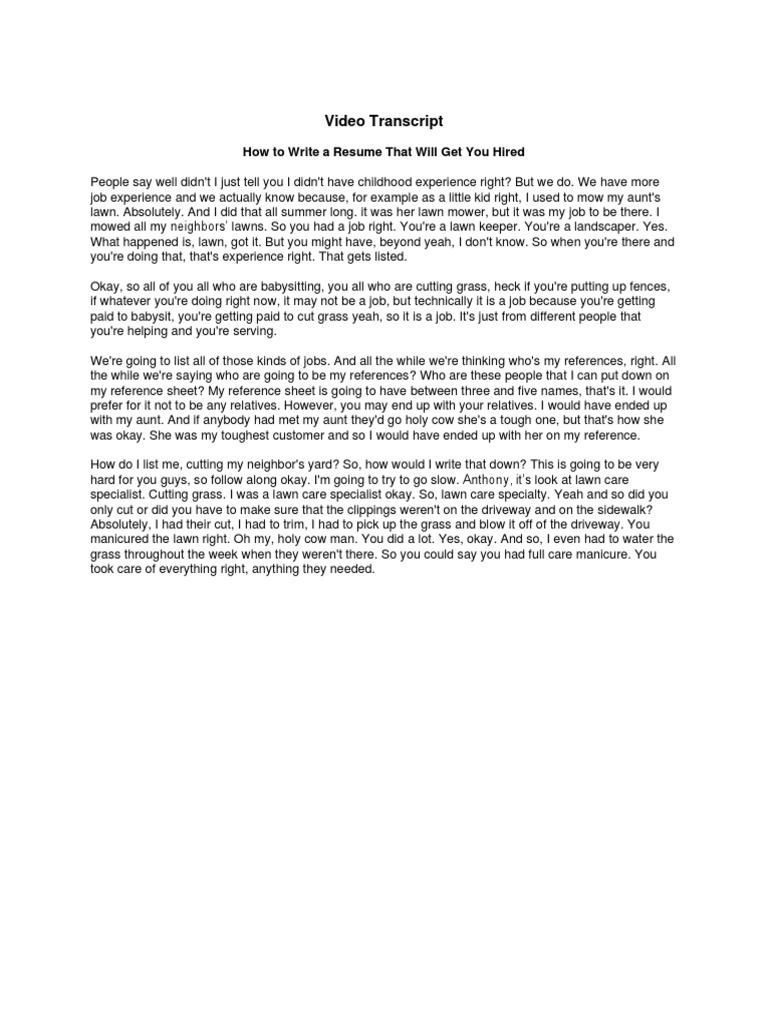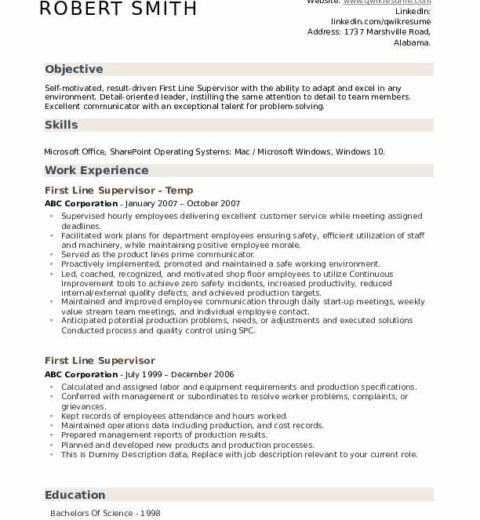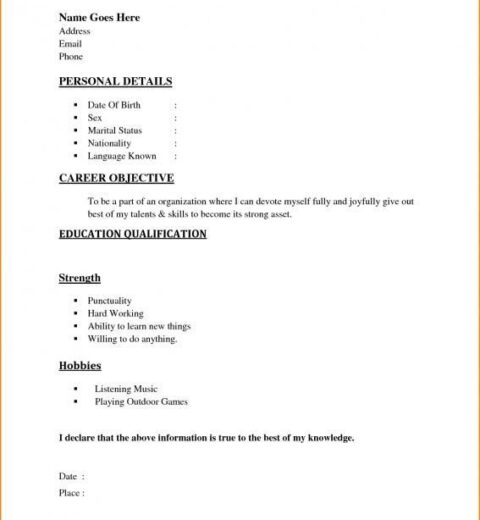In a competitive job market, creating a great resume that actually gets you hired can feel akin to finding a needle in a haystack. Have you ever pondered how your resume stacks up against the myriad of others vying for the same position? The truth is, a well-crafted resume is imperative in making a memorable first impression. The challenge, however, lies in standing out amidst the monotony of sameness. Let’s delve into the strategies you can employ to create a resume that not only captures attention but also highlights your unique strengths and capabilities.
Understand the Purpose of Your Resume
Before embarking on the chore of writing your resume, it is essential to recognize its primary purpose: to secure an interview. Each word you choose should service this goal. A resume is not merely a list of past employments; it’s a marketing document that showcases your skills, experiences, and accomplishments. Therefore, it must be tailored to echo the language and requirements of the job description you are targeting.
Choose the Right Format
Selecting an appropriate format is crucial. The three most prevalent formats are chronological, functional, and combination. The chronological format lists your work history in reverse order, emphasizing your career progression. The functional format focuses on your skills and experiences, which is beneficial if you’re transitioning to a new industry. The combination format blends both elements, providing a holistic view of your qualifications. Evaluate your circumstances and select a format that best exemplifies your professional journey.
Craft a Compelling Summary or Objective
This initial section serves as your elevator pitch. A well-composed summary or objective identifies who you are and showcases what you bring to the table. It should be concise yet impactful, ideally encapsulating your professional ethos in a few sentences. Consider utilizing a bold statement or a provocative question that intrigues potential employers, leaving them eager to read on.
Highlight Relevant Experience
Your employment history is arguably the most critical section of your resume. Begin with your most recent position and work backward. For each entry, include your job title, the name of the organization, dates of employment, and a bullet-point list outlining your responsibilities and achievements. It’s vital to employ action verbs such as “developed,” “led,” or “implemented” to infuse energy into your descriptions. Additionally, quantify your accomplishments where possible—data points can vastly enhance the impact of your claims. For instance, stating that you “increased sales by 30% within one quarter” is far more compelling than a vague declaration of responsibility.
Emphasize Skills and Competencies
In today’s multifaceted workplace, it is imperative to showcase relevant skills. This section should include both hard (technical) skills and soft (interpersonal) skills. Consider the requirements outlined in the job description—tailor this section to align with those specifications. Are you proficient in specific software? Do you possess foreign language capabilities? Articulate these skills succinctly, ensuring they are easily decipherable by Applicant Tracking Systems (ATS), which many companies rely on to screen resumes.
Education and Certifications
Your educational background and any pertinent certifications are essential components. List your highest degree first, followed by relevant coursework or honors that bolster your profile. If you possess certifications that render you an expert in your field, be sure to showcase them prominently. This is particularly crucial in industries that prioritize continuous learning and development.
Tailor Each Resume Submission
One of the most tedious yet necessary tasks is personalizing your resume for each job application. This entails analyzing the job description and adjusting your resume accordingly. By incorporating keywords from the posting, you’ll improve your chances of passing through the ATS filters and appealing to human readers. Remember, the goal is to connect your experiences and qualifications directly to what the employer is seeking, demonstrating that you are the ideal candidate for the position.
Be Mindful of Formatting
Visual appeal is just as critical as content. Use a professional font, such as Arial or Times New Roman, and maintain uniform spacing. Bullet points help to break up dense text, making it more digestible. However, avoid cluttering your resume with excessive graphics or colors—such elements can detract from the professionalism of your document. Aim for a clean, structured layout that facilitates easy reading.
Proofread Rigorously
A resume littered with typos or grammatical errors can be a deal-breaker, leaving a negative impression on potential employers. After you finish your draft, take a step back. Read through it multiple times, checking for any errors. Additionally, enlisting a friend or colleague to review your resume can provide fresh perspectives and catch mistakes you may have overlooked.
Use Active Language and Engage the Reader
The tone of your resume can significantly influence the reader’s perception. Thus, employing active language is paramount. Instead of passively listing duties, engage the reader by portraying accomplishments and initiatives. Phrases like “spearheaded a new marketing campaign that resulted in a 25% increase in engagement” not only communicate what you did but also invite readers to envision the impact of your contributions.
Conclusion
Creating a stellar resume is not merely about filling in a template; it is an art form that, when executed effectively, can lead to job interviews and, consequently, employment. By understanding the purpose of your resume, employing the right format, carefully curating your content, and rigorously proofreading, you can craft a document that distinguishes you from a crowded applicant pool. Remember, each resume is a unique snapshot of your professional journey, designed to propel you toward the opportunities that await. Are you ready to embark on this transformative endeavor?




